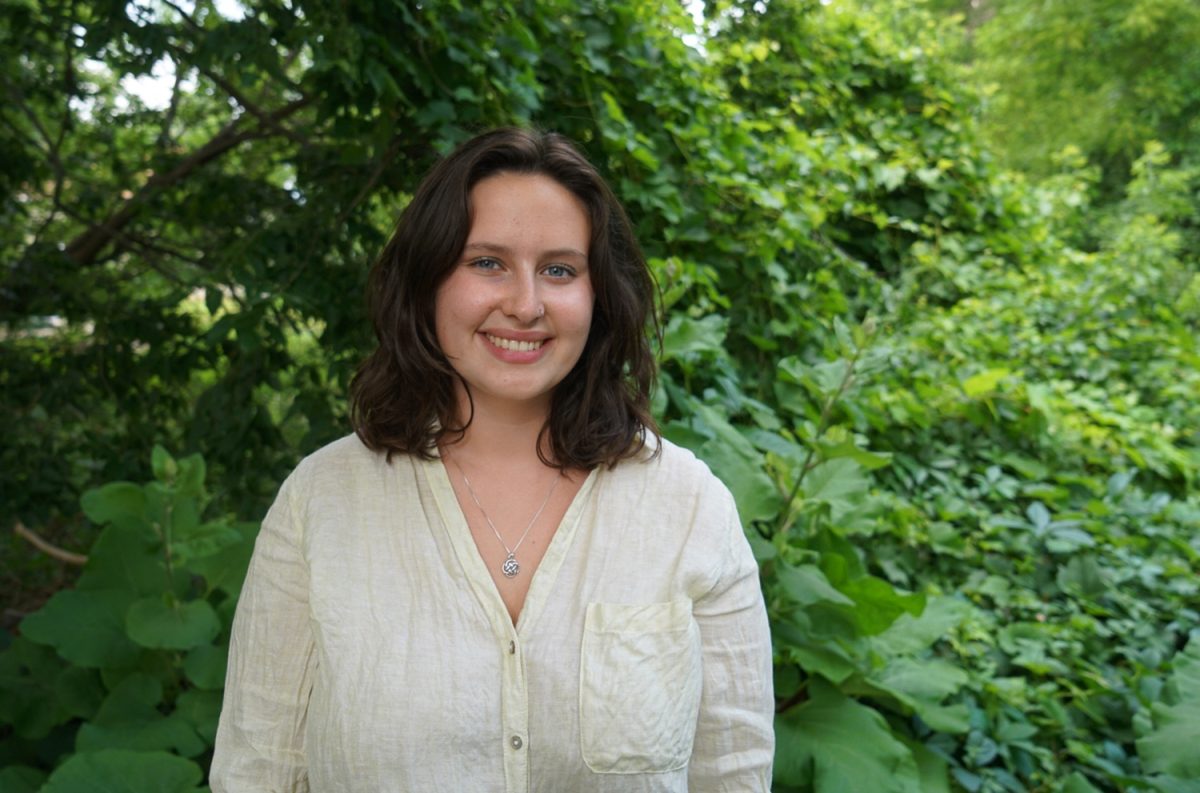Sydney Newton
The term “bullying” is normally very broad and can be linked to different age groups. The most common age group affected is K-12, and we generally think bullying diminishes after that. In fact, last fall, Iowa Gov. Terry Branstad enacted an anti-bullying office located at the University of Northern Iowa that aims to provide high schools with tools to prevent bullying and counsel students.
But bullying still happens after high school. It’s just not called bullying anymore. Cyber bullying and verbal harassment are what we most commonly see.
Adolescents who are bullied by their peers actually suffer from worse long-term mental-health effects than children who are maltreated by adults, based on a study published last week in the Lancet Psychiatry.
A 2011 study from the Indiana University showed 22 percent of college students reported being cyberbullied, while 15 percent reported traditional bullying. The same study showed 42 percent of students reported seeing someone bullied by another student, and 8 percent reported being the bully in a situation.
Harassment because of race, gender or religion are often seen on college campuses. Maybe it’s because college students are considered adults that the effects of bullying are overlooked and seen as less harmful. But the effects are just as serious, and it’s more embarrassing for college students to admit it.
Cyber bulling is becoming more common, because most users of social media are college students. A 2014 survey about online harassment by the Pew Research Center found 26 percent of 18- to 24-year-old-women say they’ve been stalked online, while 25 percent say they were the target of online sexual harassment.
These statistics can show that although students are at a certain maturity level, bullying still happens. The harmful effects that are a result of bullying continue on into adulthood. They can cause social problems, depression, and anxiety. A lot of mental-health problems have ties to bullying and harassment from when a person was younger.
It is true that while you are in college, you have the option of distancing yourself from people who harass you, but unwanted harassment is more difficult to prevent no matter how much you try to avoid it. The negative effects of distancing yourself and not talking to anyone about issues you deal with isn’t healthy for students.
The freedom of college is beneficial but also opens more doors for young adults to be harassed. The lack of clear, ever-present authority figures in college makes it easier for people to get by with acts of harassment, and the repercussions are often not very severe. This needs to change.







